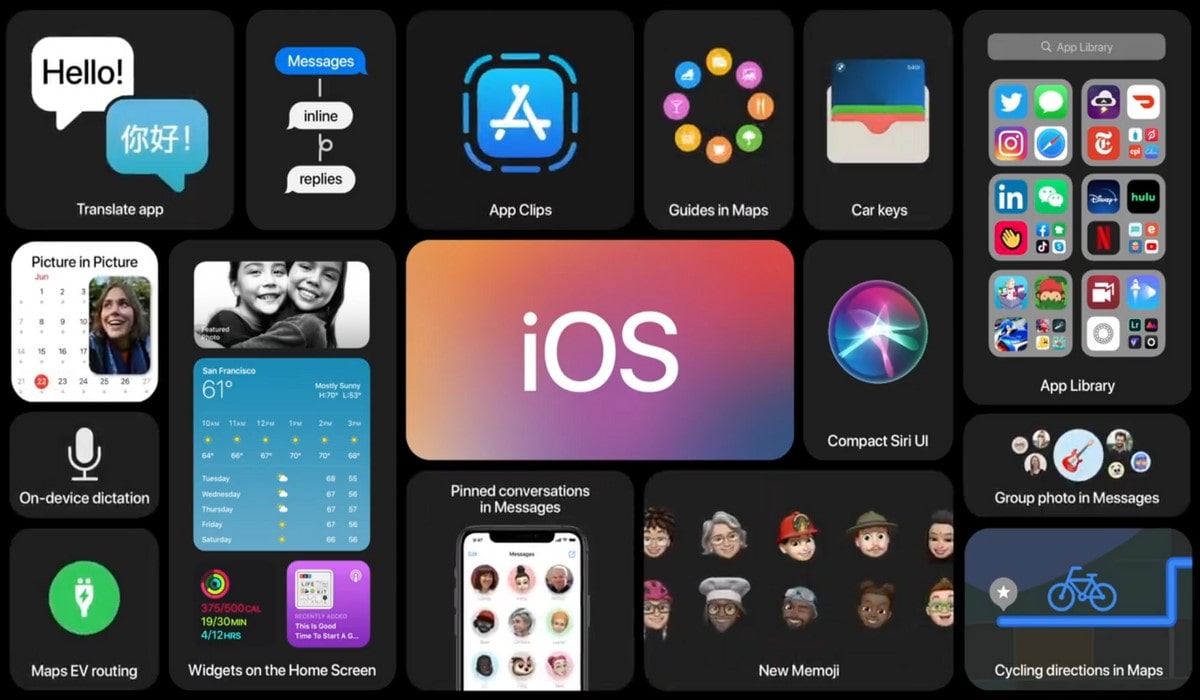What do we mean by mobile app security?
Despite the constant evolution of technology and security methods, many mobile applications still have serious vulnerabilities that can be exploited by fraudsters. Factors such as insufficient data protection, ineffective authentication and vulnerabilities in code create risks for users.
Today we will tell you what you need to do to make your product harder to hack.

What do we mean by mobile app security?
Such an application will not allow attackers to learn sensitive user data. This applies to logins, account passwords, payment data, etc. Hacking directly affects the company's reputation, which is why large firms pay so much attention to the protection of their products.What to do to protect yourself?
Let's share what an Android developer should be doing.
Testing
Up to 40% of developers do not test their mobile apps for security. Therefore, basic testing will be much better than no testing at all.
Providing the right permissions
When you install something on your phone, the app may request access to calls, notifications, video camera, etc. Make sure sensitive user data doesn't get exposed unnecessarily. For example, the AndroidManifests file is often responsible for permissions, where permissions can be disabled.
Secure storage for sensitive data
There are various ways to secure storage. One of them is to create a secure Android key. This is such a file in which all information is encrypted. You can also use the hash system. This is when data is encrypted as a set of characters. If you change one of them - access to information can not get.

Storing only non-confidential data in cache files
So the disclosure of confidential information will be minimized, as other applications will not have access to the cache. The cache itself can also be encrypted.
Use multi-factor authentication and warnings
This is when a person, after entering their password, can receive a message in the mail that their account has been logged into. The password matters, weak codes are cracked very quickly, so these messages will at least help prevent hacking.
Code obfuscation
Obfuscation is the encryption of code. It is needed so that when attackers access it, they won't realize what they are reading. This way, the application will be much harder to reverse engineer. For obfuscation, use the ProGuard application. You can do it manually, but at first this approach will take too much time.

Working with external storage
The Android system does not apply serious security measures to data stored in external storage. Therefore, they are the target of attackers. A novice in this field only needs to know two things:
- The application accesses certain directories when it needs to retrieve information. The access area for the product can be restricted.
- If the file does not contain confidential information, but is important for the user - it should be stored in a specific directory of the application.
These two tips are not a bad way to shift some of the load from internal storage.
Using HTTPS
HTTP is a protocol by which a technician transmits information according to certain rules. They do not provide proper protection, so HTTPS was invented, when using which the data is encrypted.

Forced withdrawal from the session
There are two stages in this case:
- A person has registered, but has not logged into the account through the application for a long time. In this case, it is possible to force logout. In this way, it will be more difficult for attackers to gain access to the data: in case of penetration into the application, it will not be possible to get the data from the account.
- Forced logout in case of hacking. An additional security measure, prevents account theft.
It is also possible to come up with a system for restoring access, for this purpose email is used.
Parsing the testing of the security system
There are several working ways to do this. But all of them are aimed at analyzing the code.
Statistical testing
This is when you evaluate the code without launching the application. Most likely, you will just integrate it into a special platform that will do the testing.

Dynamic testing
Here the code, on the contrary, is evaluated to a lesser extent. More attention is paid to how the application behaves. That is, we look at the system from the user's point of view. For example, his account has been stolen, so we need to get it back by restoring the login and password. We check how this element works in the application itself.
Automated scanning tools
Help identify threats and issues without manual checking by programmer and tester.
Vulnerability scanning
This is what white hat hackers do. They try to find a weakness in the application to hack it. But if you are developing alone and want to hack your own app - brainstorm.
Since it is difficult to create a good security check for an app alone, we give some useful programs:
- Veracode. Specializes in statistical and dynamic code analysis. Helps to improve security including artificial intelligence.
- Netsparker. It is a cloud-based service that deals with vulnerability detection. Fast scanning will help you avoid common errors.
- Acunetix. Another platform that can help find application breaches. It has several types of scans and also works with files.
When building an app, code scanning should be one of the development steps.

4 tips
These will help to get an idea of how humans can handle mobile app security:
- Secure cache data as much as possible. For example, in some apps, once a user logs out of their account, they are still in the app. This should be worked on so that such issues don't happen.
- Utilize security-enhancing apps. They can have different purposes: to help analyze the code and identify security weaknesses. to provide good testing, etc.
- If an application has transactions - it is more likely to become a target for attackers. So security needs to be given special attention here.
- Remind users not to share sensitive data with others.
It also helps to consult with experts on the topic of security. They can provide sound advice.






